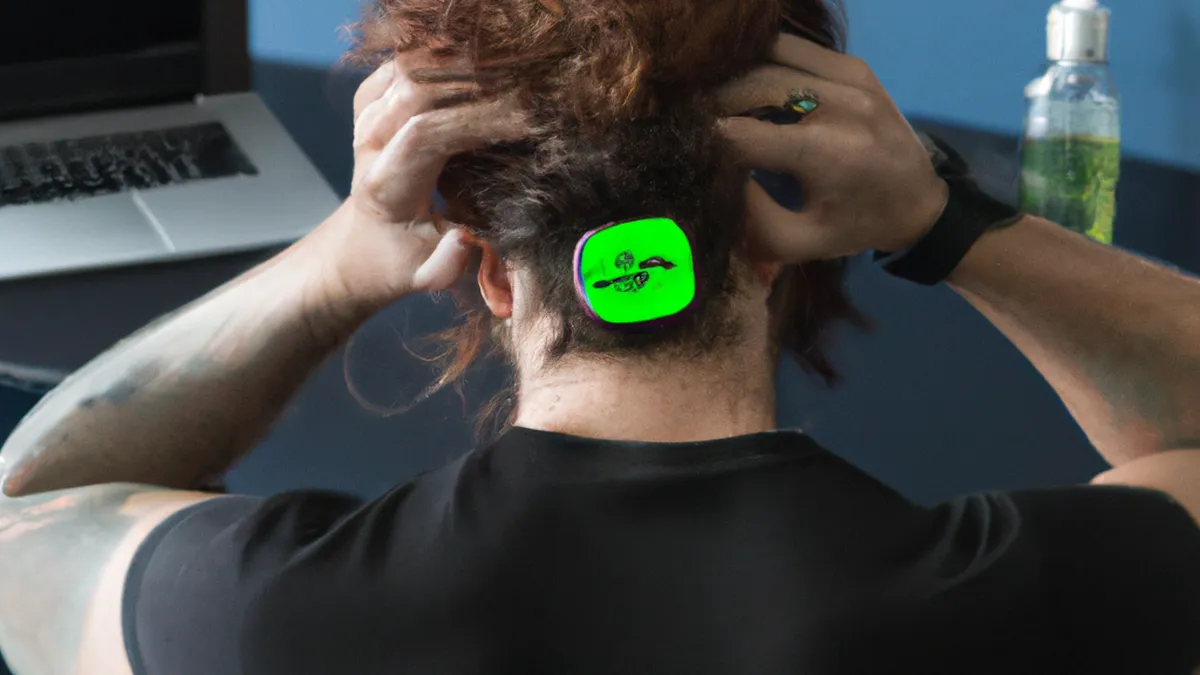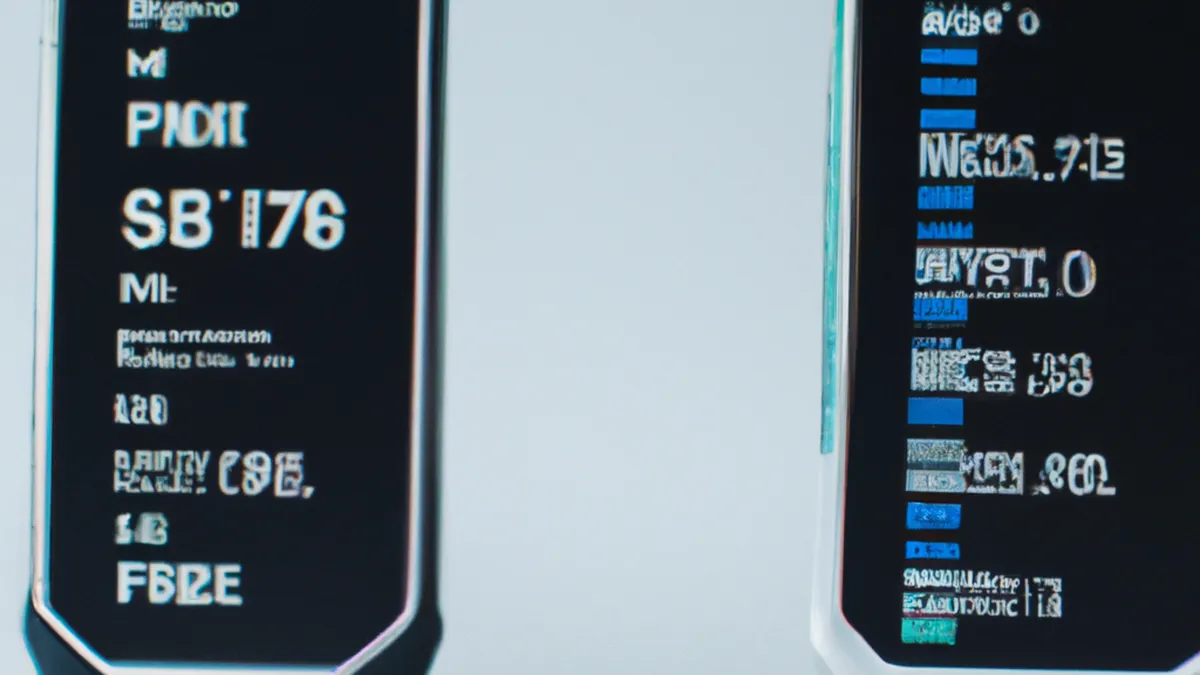Wearables: The Future of Conditioning Programs
Conditioning Programs with Wearable DataWearable technology has changed our approach to fitness and conditioning programs. These devices track heart rate, steps, calories burned, and sleep patterns. They provide valuable insights into performance and recovery. By analyzing this data, we can tailor training to meet specific goals and enhance overall health. This blog post explores effective conditioning programs that utilize wearable data, offering guidance to maximize your fitness journey.
Understanding Wearable Technology
Wearable devices include smartwatches, fitness bands, and heart rate monitors. These gadgets collect data about physical activities, helping you understand your body’s performance. Key metrics tracked by these devices include:- **Steps Taken**: Monitor daily activity levels and stay motivated to reach step goals.- **Distance Traveled**: This metric helps runners and cyclists gauge training volume and endurance.- **Calories Burned**: Use this data to manage weight loss or gain by tracking energy expenditure.- **Heart Rate Variability (HRV)**: HRV measures the time between heartbeats, indicating recovery and stress levels.Understanding these metrics helps you create an effective conditioning program tailored to your needs.
Choosing the Right Device
Selecting the right wearable device maximizes your fitness potential. Consider your fitness goals and lifestyle when choosing. Do you want to track runs, monitor heart rate, or analyze sleep patterns? Ensure the device fits your needs.Look for features like GPS tracking, water resistance, long battery life, and compatibility with fitness apps. Many devices offer guided workouts, stress tracking, and nutrition monitoring, enhancing your overall fitness experience.
Setting Up Your Conditioning Program
After acquiring your device, set up your conditioning program. Start by defining clear, achievable goals. Do you want to improve endurance for a marathon, build strength for weightlifting, or enhance flexibility through yoga? Your goals will shape your training regimen.Evaluate your current fitness level using data from your wearable. Review your average heart rate during workouts, typical step count, and energy expenditure. Also, consider your recovery times. This information guides you in setting realistic targets and expectations for your program.
Tips for Effective Conditioning
As an Amazon Associate I earn from qualifying purchases.
Gear tip: consider sleep mask, white noise machine, and blue light blocking glasses to support this topic.
1. **Monitor Your Heart Rate** Use your wearable to track heart rate during workouts. Train within specific heart rate zones for various intensities. For example, the aerobic zone (70-80% of your maximum heart rate) builds endurance, while the anaerobic zone (80-90%) improves speed and power.2. **Track Progress Over Time** Regularly review and analyze your data. Look for trends and adjust your program accordingly.
Conclusion
Wearable technology empowers you to enhance your fitness journey. Use data insights to create effective conditioning programs and achieve your goals.
Below are related products based on this post:
FAQ
What are the benefits of using wearable technology in fitness?
Wearable technology provides valuable insights into your performance and recovery by tracking metrics such as heart rate, steps, calories burned, and sleep patterns. This data allows you to tailor your training to meet specific goals and enhance overall health.
How do I choose the right wearable device for my fitness goals?
When selecting a wearable device, consider your fitness goals and lifestyle. Look for features that match your needs, such as GPS tracking, water resistance, and compatibility with fitness apps, to maximize your fitness potential.
What should I do to set up an effective conditioning program?
Start by defining clear and achievable goals based on your desired outcomes, whether it’s improving endurance, building strength, or enhancing flexibility. Evaluate your current fitness level using data from your wearable to set realistic targets for your program.















Post Comment